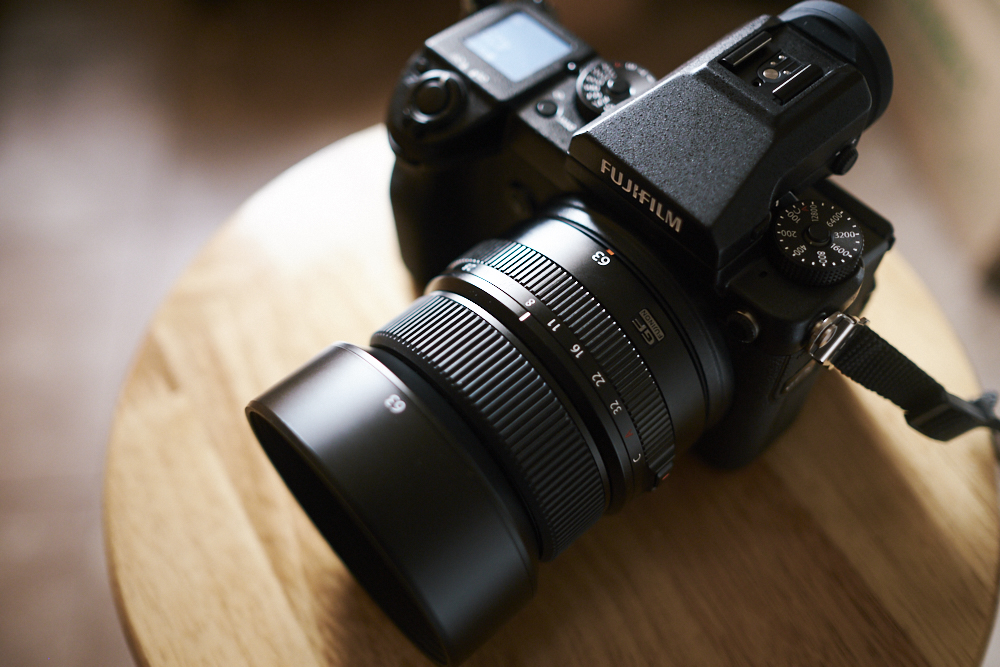These Fujifilm cameras have more dynamic range than you’ll know what to do with.
Fujifilm has released some outstanding cameras over the last few years, and have rightly cemented their place in the hearts of photographers everywhere. Fujifilm offers both APS-C and Medium Format cameras that are more than capable of helping photographers create images that make jaws drop. Both of their platforms also have lens libraries that can make the most of the terrific sensors these cameras use. After the break, we will take a quick look at three Fujifilm cameras that can produce glorious, colorful, detail-rich landscape images with ease.
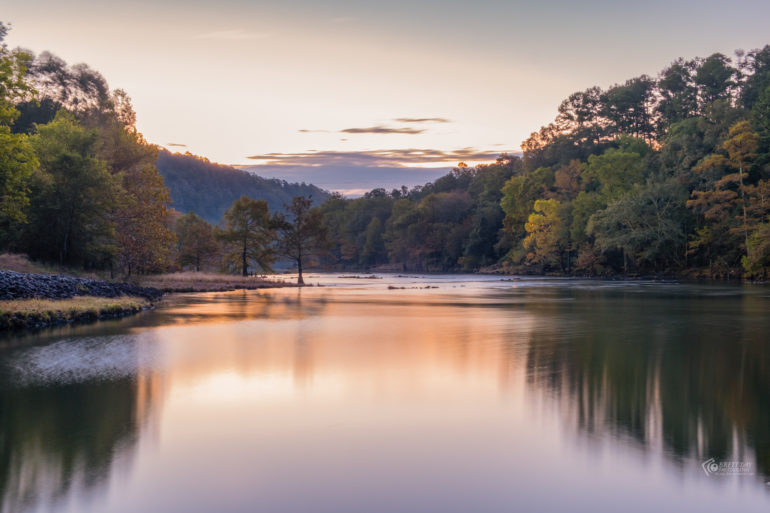
The three Fujifilm cameras we have listed in this roundup are all impressive. The X-T3 is small, lightweight, and feature-packed. The X-Trans sensor it uses is capable of capturing a ton of detail with beautiful colors. The GFX 50S and the GFX 100 are both Megapixel powerhouses, and the amount of detail their Bayer sensors can capture is nothing short of breathtaking. Whether you have a budget that favors the X-T3 (or the very similar X-T30), or one of the Medium Format options, you can’t go wrong with any of these Fujifilm cameras when it comes to landscape photography. Check out the three Fujifilm cameras we would take along on a landscape photography trip below.
Fujifilm X-T3
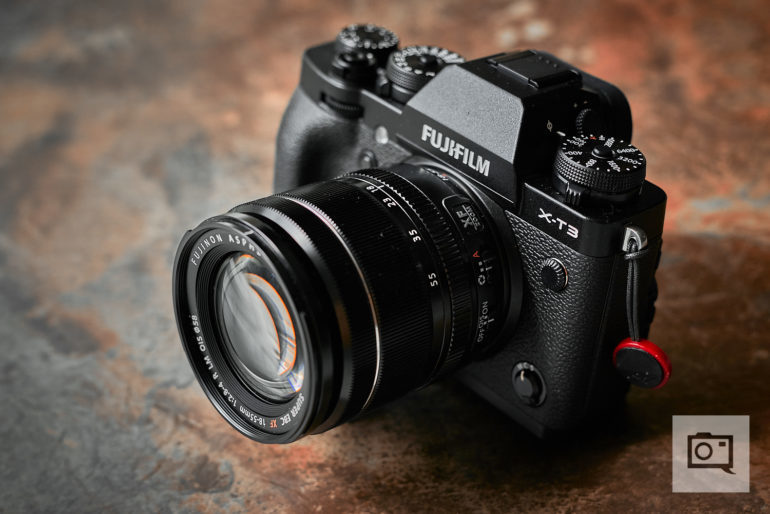
Here are the pros and cons from our full review:
Pro
- Brand new 26.1MP X-Trans CMOS 4 Sensor
- Brand new X-Processor 4 Image Processor
- Excellent weather sealing
- Very solid build quality
- Excellent image quality
- In body RAW processing with built-in film simulation profiles
- Versatile RAW files
- Amazing video capabilities
- Dual SD card slots (if your workflow requires it)
Con
- Battery life can use some improvement
- Lacks in-body image stabilization
- Low light performance is improved over the previous generation X-T2, but hit rates during high-speed, low light situations still leave much to be desired
Buy now ($1,299): Adorama
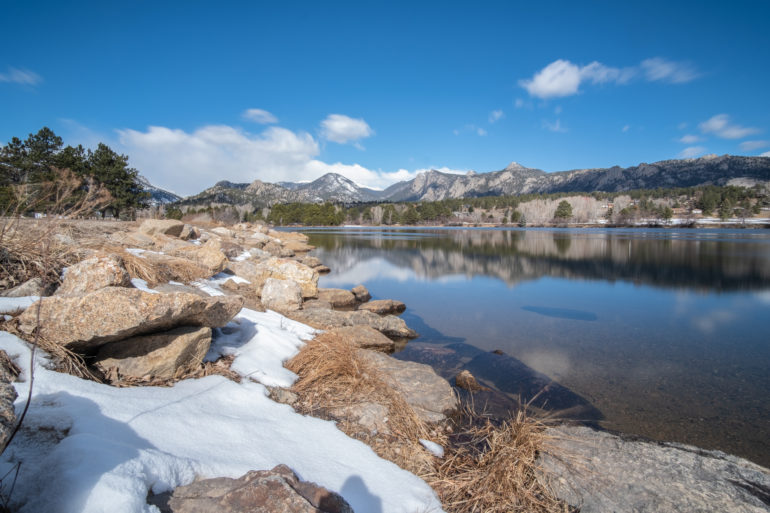
Pro Tip: You can have the best camera in the world, but when it comes to landscape photography, if you don’t own a tripod that will allow you to get level shots, the camera won’t matter. One of the best pieces of advice we can give is to purchase a quality tripod. Seriously, don’t cheap-out on a big box retailer $50 special, spend the extra money and get a sturdy, reliable tripod that can hold the weight of your gear. After all, since you likely spent thousands of dollars on your camera, would you really trust a $50 tripod to hold it? Here are three tripods we recommend; the MeFOTO Roadtrip, the Vanguard Alta Pro 2+ 263CT, and the Fotopro EGL-65 Carbon Eagle Series Tripod. We have reviewed all three, and we know they would serve a landscape photographer very well.
Fujifilm GFX 50S
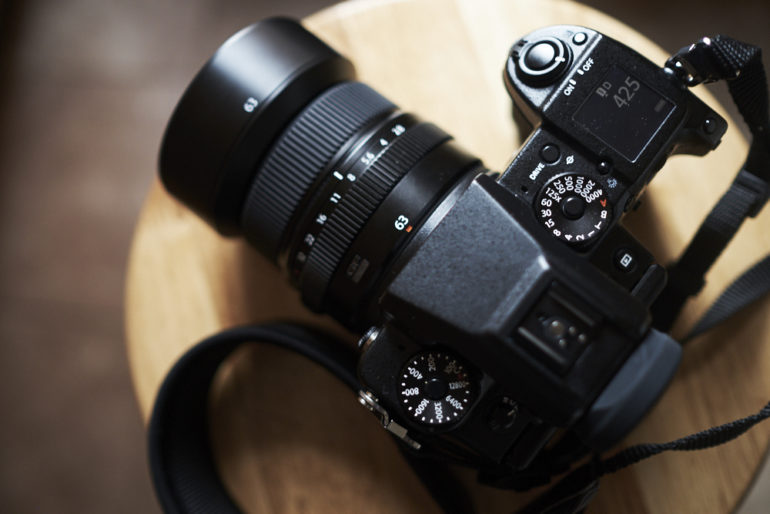
Here are the pros and cons from our full review:
Pros
- Great image quality
- Very fast and accurate autofocus in most situations
- Very versatile RAW files
- Extremely lightweight
- Fujifilm FINALLY gave us second curtain sync for third party flashes
- Fair battery life when shooting in just RAW
- WiFi
- Medium Format video is FANTASTIC
- Detachable viewfinder
- An LCD screen that tilts and comes out
- Simple interface if you’re used to Fujifilm’s cameras
Cons
- Sometimes the face detection can do some weird things
- 1/125th flash sync is unacceptable
- A bit more noise than we’re used to seeing at ISO 400
- If you’re accustomed to Fujifilm’s controls, then some of this may be odd; like the placement of the focusing selector switch
Buy now ($4,999): Adorama
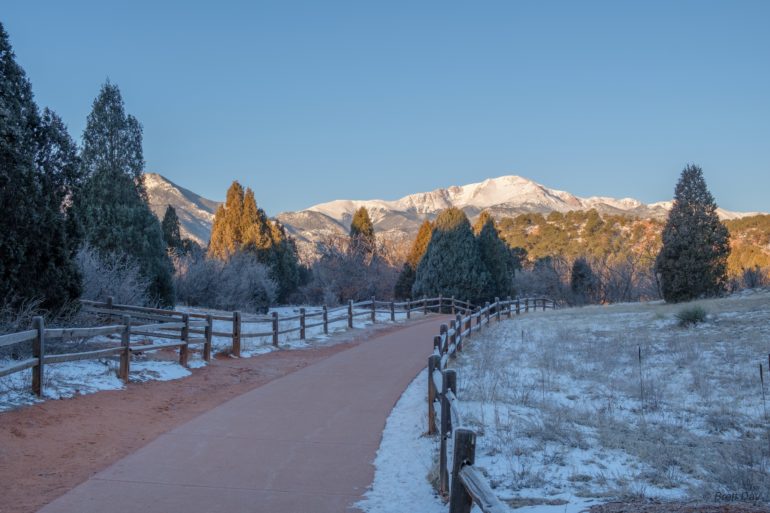
Pro Tip: Any of the Fujifilm cameras listed here can, of course, capture images with a ton of detail. But, if you don’t know how to get the most out of the photos during post, then you’re not doing yourself or your images justice. Fortunately, there are great resources that can teach the skills you need to get the most out of your landscape images. If you’re not sure what do to once you get your pictures back into your editing software, check out this guide that will teach how to edit your images so they look incredible.
Fujifilm GFX 100
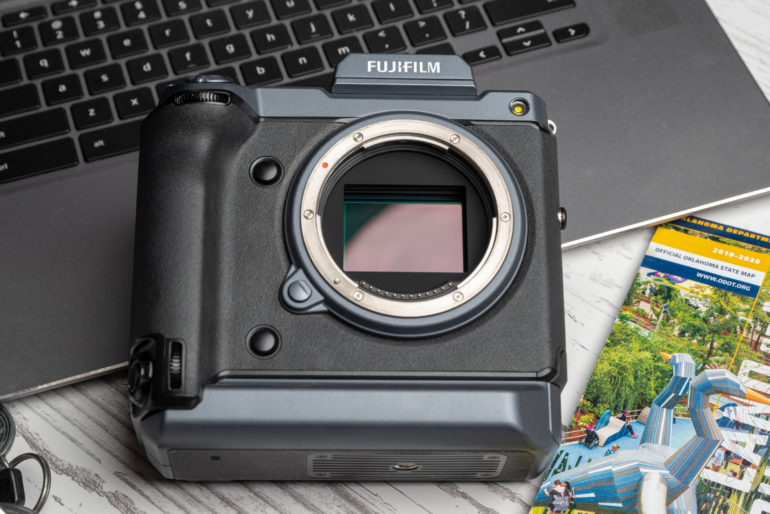
Here are the pros and cons from our full review:
Pros
- 102 amazing Megapixels
- Under $10,000 for one of the most powerful Medium Format cameras on the market
- It uses the same autofocus system as the X-T3
- A gorgeous electronic viewfinder
- The menu system is perhaps only second to Canon’s in terms of design
- The image quality is simply jaw-dropping
- Fantastic high ISO capabilities
- Very good battery life
- The top and rear LCD and OLED panels are easy to see and read in bright conditions
Cons
- Quite possibly the worst ergonomics of any camera
- The thumb rest on the back is poorly designed
- The body of the Fujifilm GFX 100 feels incredibly cheap
- The buttons are mushy and have hardly any tactile feel
- AF tracking was hit or miss, as was the eye AF
- The touchscreen cannot be used to navigate the menu system
- The grip is too shallow and does not provide a comfortable way to hold this 3lb camera
- The vertical grip is untextured and incredibly slippery
Buy now ($9,999.95): Adorama


